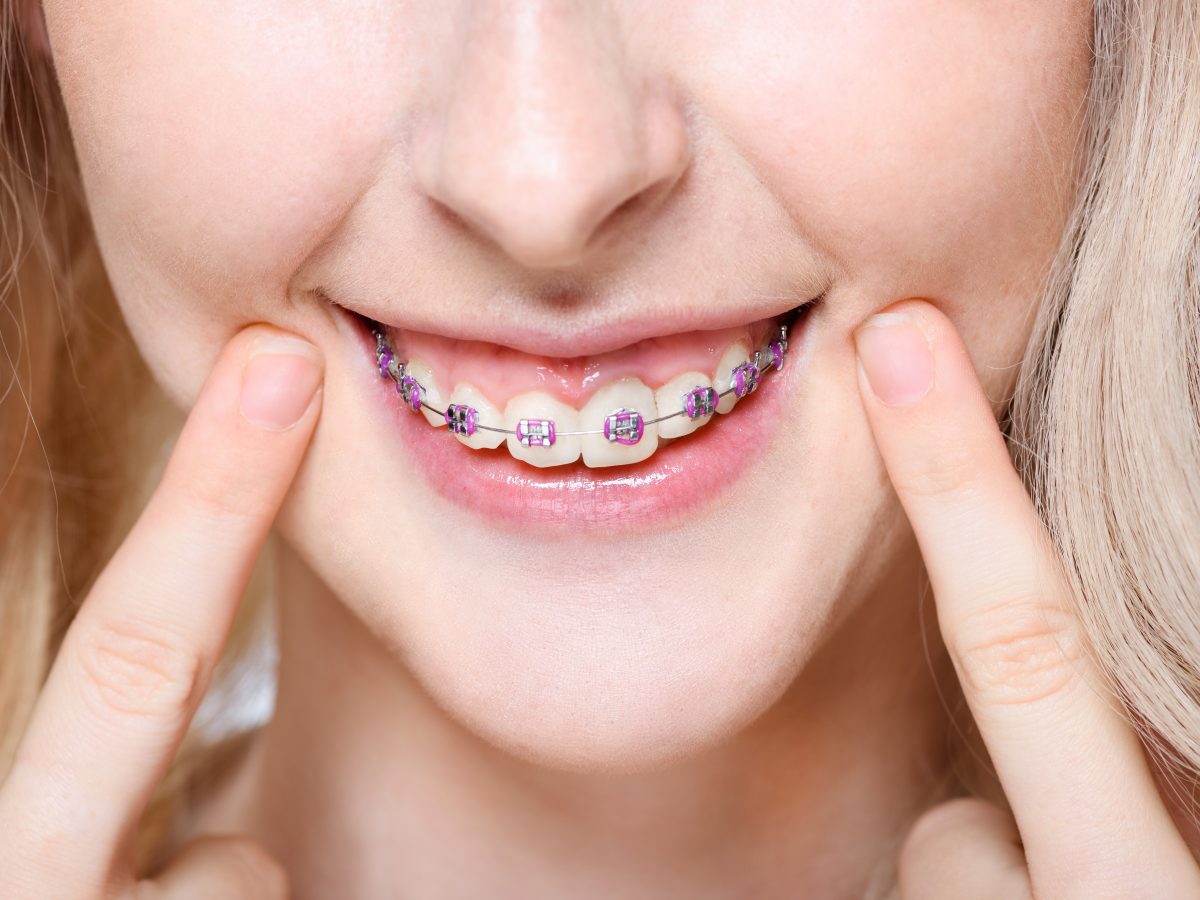Your Overview to Cumming Invisalign: Straightening Teeth with Style and Convenience
Comprehensive Guide to Orthodontics Treatments for Correcting Dental Imbalances
In the realm of orthodontics, the journey to attaining a completely straightened smile includes a myriad of treatments tailored to remedy oral misalignments. From typical braces to undetectable aligners and also medical alternatives, the field of orthodontics provides an array of solutions to attend to varying levels of dental abnormalities. Understanding the intricacies of each procedure, including their systems, advantages, and potential downsides, is essential in making notified choices concerning one's orthodontic treatment. As we navigate through the extensive overview to orthodontic treatments for dealing with oral imbalances, the elaborate details of each technique will unfold, clarifying the course towards a unified and useful oral placement.
Orthodontic Procedures Review

Routine modifications and tracking are vital parts of orthodontic treatment to guarantee progression is on track and to make any kind of necessary alterations along the method. By going through orthodontic procedures, clients can not only attain a straighter smile yet also boost their overall dental wellness and feature.
Typical Dental Braces: Just How They Function
When considering orthodontic treatments for oral misalignments, traditional braces stand out as a time-tested technique for correcting teeth placing. Traditional dental braces are composed of brackets, cords, and bands that work with each other to apply continual pressure on the teeth, gradually relocating them right into the desired placement.
One secret aspect of exactly how traditional dental braces work is the procedure of bone renovation. As stress is put on the teeth via the braces, the bone bordering the teeth is reshaped to support the new tooth settings. This remodeling is vital for the long-term stability of the remedied alignment. Individuals will need routine changes at the orthodontist's office to make sure the dental braces remain to use the appropriate stress for efficient teeth activity.
Invisible Aligners: Cons and pros
Undetectable aligners supply a very discreet and practical option to standard braces for remedying oral imbalances. These clear, personalized trays are virtually invisible when worn, making them an appealing option for individuals seeking a much more aesthetically pleasing orthodontic treatment. One of the key benefits of undetectable aligners is their removability, enabling much easier maintenance of oral health contrasted to standard dental braces. Individuals can eliminate the aligners prior to eating or brushing their teeth, decreasing the risk of food getting stuck in the appliance and simplifying the cleaning process.

Surgical Orthodontic Options
Surgical treatments in orthodontics existing sensible options for dealing with complicated dental imbalances that might not be properly resolved through conventional orthodontic treatments. While conventional braces and undetectable aligners can deal with many orthodontic problems, specific situations need medical read more treatment to accomplish optimum outcomes. Surgical orthodontic alternatives are generally suggested for extreme malocclusions, significant jaw inconsistencies, and instances where the underlying bone framework requires modification to achieve proper positioning.
One typical medical orthodontic treatment is orthognathic surgery, which involves rearranging the jaws to deal with useful concerns such as problem eating or speaking. This surgical procedure is usually executed in cooperation with an orthodontist who helps align the teeth prior to and after the treatment. Surgical orthodontics may also entail treatments to reveal affected teeth, remove excess gum cells, or improve the jawbone to develop a much more unified face profile.
Prior to considering surgical orthodontic choices, clients go through a detailed assessment to identify the necessity and potential benefits of such treatments. cumming orthodontist. While surgical treatment might appear overwhelming, it can considerably improve both the feature and aesthetics of the smile in situations where conventional orthodontic treatments fall short
Retainers and Post-Treatment Care

Post-treatment care includes complying with the orthodontist's guidelines carefully. This might include appropriate dental hygiene practices, going to follow-up consultations, and wearing the retainers as recommended. Failing to adhere to post-treatment care guidelines can cause relapse, where the teeth slowly return in the direction of their initial positions. Constant retainer wear, great dental health, and regular dental examinations are essential for maintaining the results accomplished via orthodontic surgical treatment and ensuring the lasting stability of the remedied oral placement.
Final Thought
Finally, orthodontic treatments use different choices for remedying oral imbalances. Traditional braces use steel braces and cords to change teeth right into appropriate alignment. Unnoticeable aligners offer a more discreet alternative yet might not be appropriate for all situations. Surgical orthodontic options are available for more extreme misalignments. Retainers are frequently utilized post-treatment to preserve the new placement. On the whole, orthodontic treatments can efficiently improve dental health and wellness and aesthetic appearance.
As we navigate via the extensive overview to orthodontic procedures for dealing with dental imbalances, the elaborate information of each method will certainly unfold, dropping light on the path toward a unified and practical oral alignment. - invisalign
One of the most usual orthodontic therapies is the usage of dental braces, which are composed of metal braces and cables that use gentle pressure to progressively shift teeth into the wanted position.When taking into consideration orthodontic treatments for dental imbalances, typical braces stand out as a tried and true approach for correcting teeth positioning. Furthermore, invisible aligners may not be appropriate for intricate orthodontic concerns that require more considerable teeth motion, as they are typically recommended for moderate to modest instances. Retainers are see this page custom-made orthodontic devices developed to hold teeth in their remedied placements after the conclusion of orthodontic treatment.